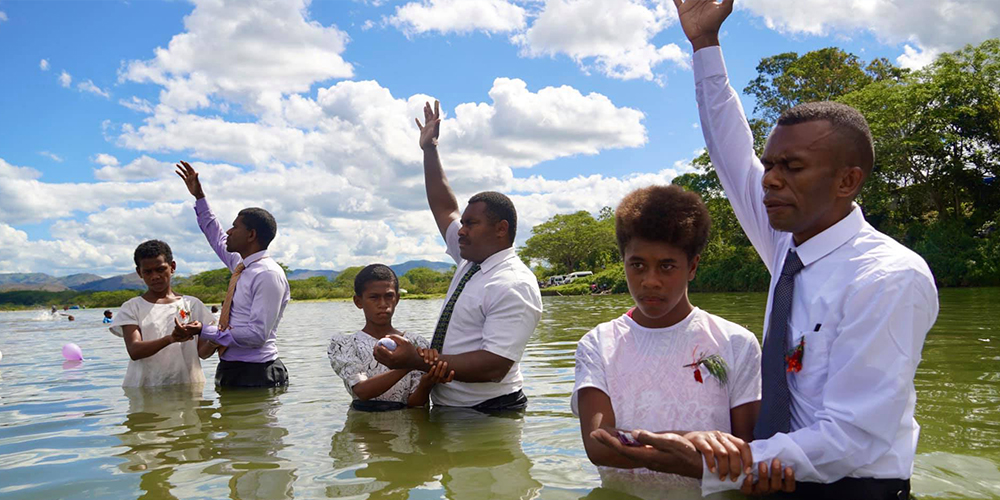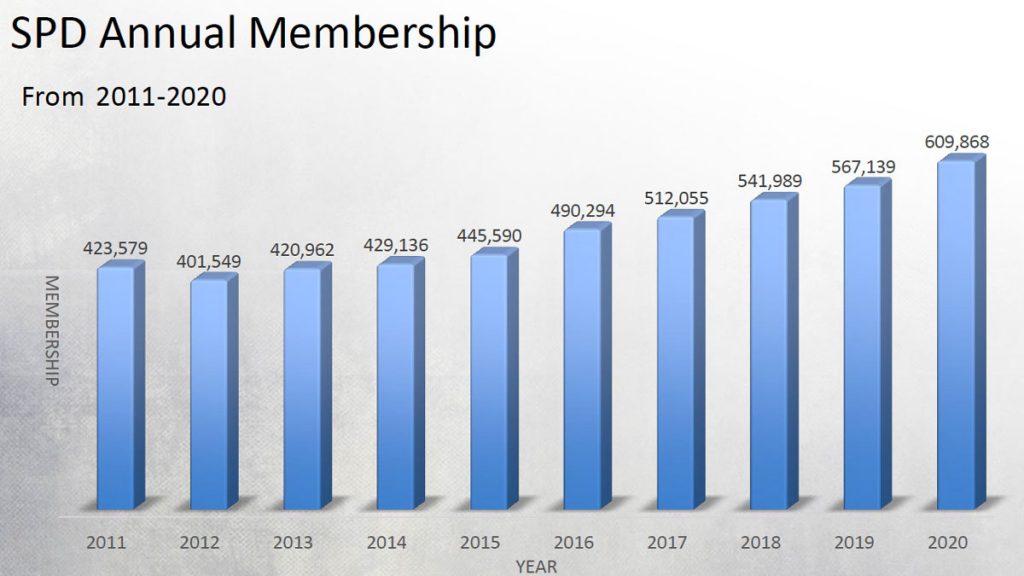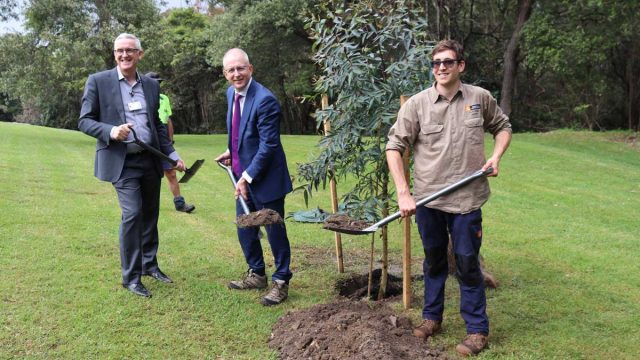Figure represents 44-percent growth in the past decade, but challenges remain.

Membership of the Seventh-day Adventist Church in the South Pacific now exceeds 600,000, largely driven by a significant jump in the number of members in the Papua New Guinea Union Mission (PNGUM).
According to the South Pacific Division (SPD) Statistics Report presented to the division Executive Committee in early July 2021, membership in 2020 was 609,868, compared to 567,139 in 2019. Significantly, the church’s growth rate was 7.85 percent, the highest it has been in the past 10 years. Current figures also mark a 44-percent increase in baptized members since 2011.
In 2020 the overall number of baptisms and professions of faith was 57,947, of which 48,622 were in PNGUM. Membership losses totaled 15,596. A calculation of gains to losses reveals that for every 3.7 people who joined the Seventh-day Adventist Church in the region, one left.
According to the report, there is a significant difference in the number of Seventh-day Adventists in the populations of the union missions compared to the union conferences. In the Trans Pacific Union Mission (TPUM), there is one church member per 18 citizens; in PNGUM, it’s one per 19 citizens. On the other hand, in the New Zealand Pacific Union Conference (NZPUC), it’s 1 in 261, and in the Australian Union Conference (AUC), 1 in 407.

A noticeable disparity also appears in the number of members per pastor: 496 members per pastor in PNGUM, 414 in TPUM, 236 in NZPUC, and 166 in the AUC. Tithe per capita was AU$1,423 (US$1,062) in the AUC, AU$988 (US$737) in the NZPUC, AU$108 (US$80) in the TPUM, and AU$58 (US$43) in the PNGUM.
In 2020, there were 14,075 denominational employees across the division, including 3,937 teachers and 1,584 pastoral or ministerial employees.
“It’s really exciting to see the growth in membership in 2020, particularly in such a challenging year impacted by the pandemic,” SPD president Glenn Townend said.
“What we do know is that the disciple-making methods of Discovery Bible Reading and World Changer Bibles being used in Papua New Guinea and the Trans Pacific are really working, and that’s great to see,” Townend added. “During the pandemic last year, they were able to meet in small groups to read the Bible and listen to each other and what God was saying — the increased involvement and relationship connection led to this growth.
Townend acknowledged that in Australia and New Zealand, it continues to be a challenge to reach people. “However, the reach by electronic media of streamed worship services and the impact of Hope Channel in New Zealand and Faith FM in Australia grew significantly,” Townend said. “These countries are very secular, and most people are not interested in the Bible, but the seed of the gospel has been sown.”
The original version of this story was posted by Adventist Record.









